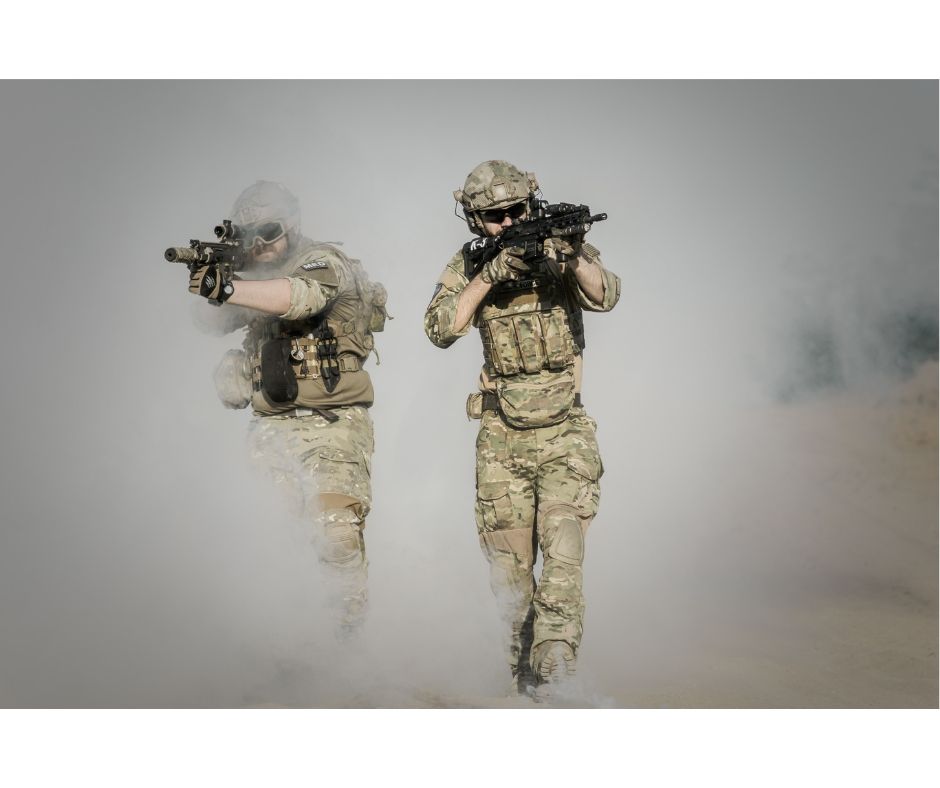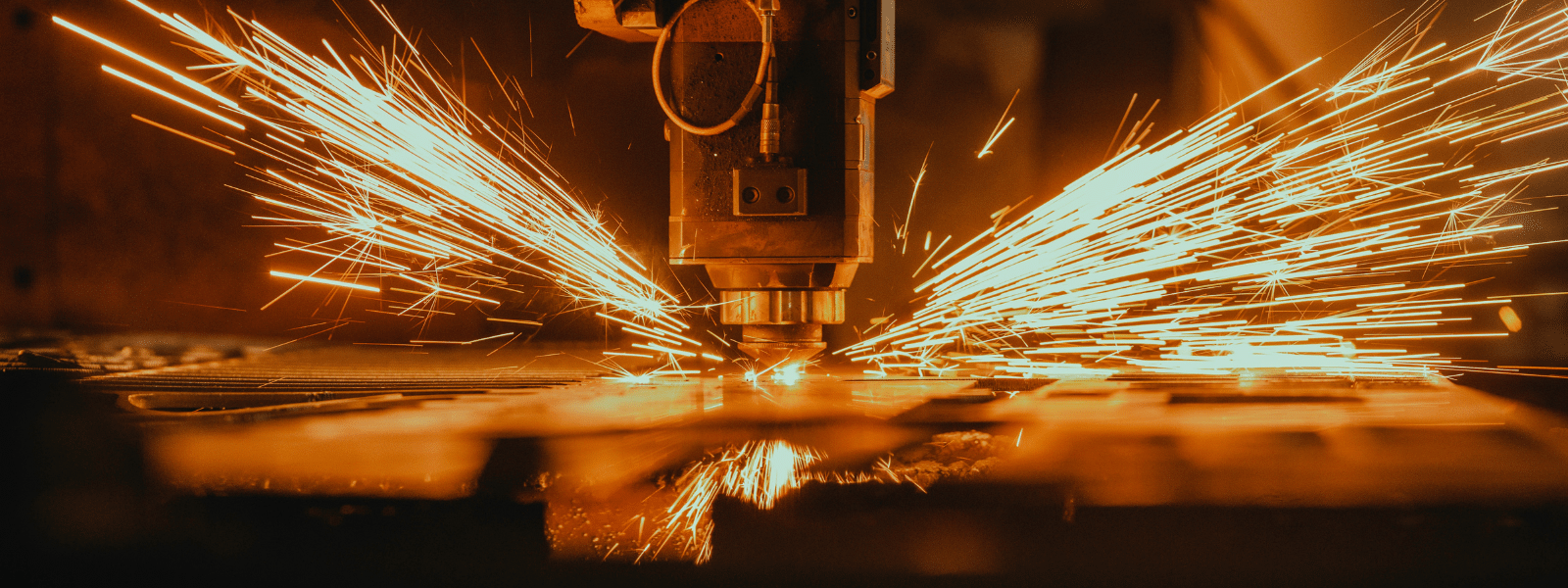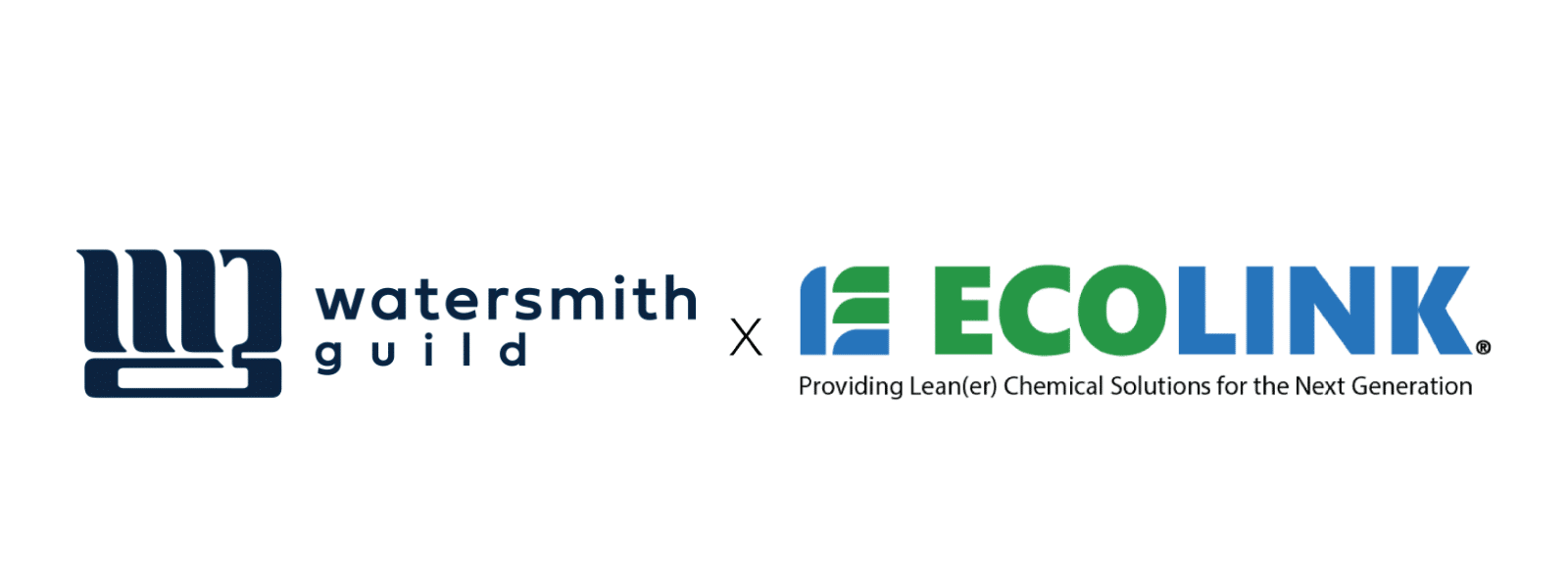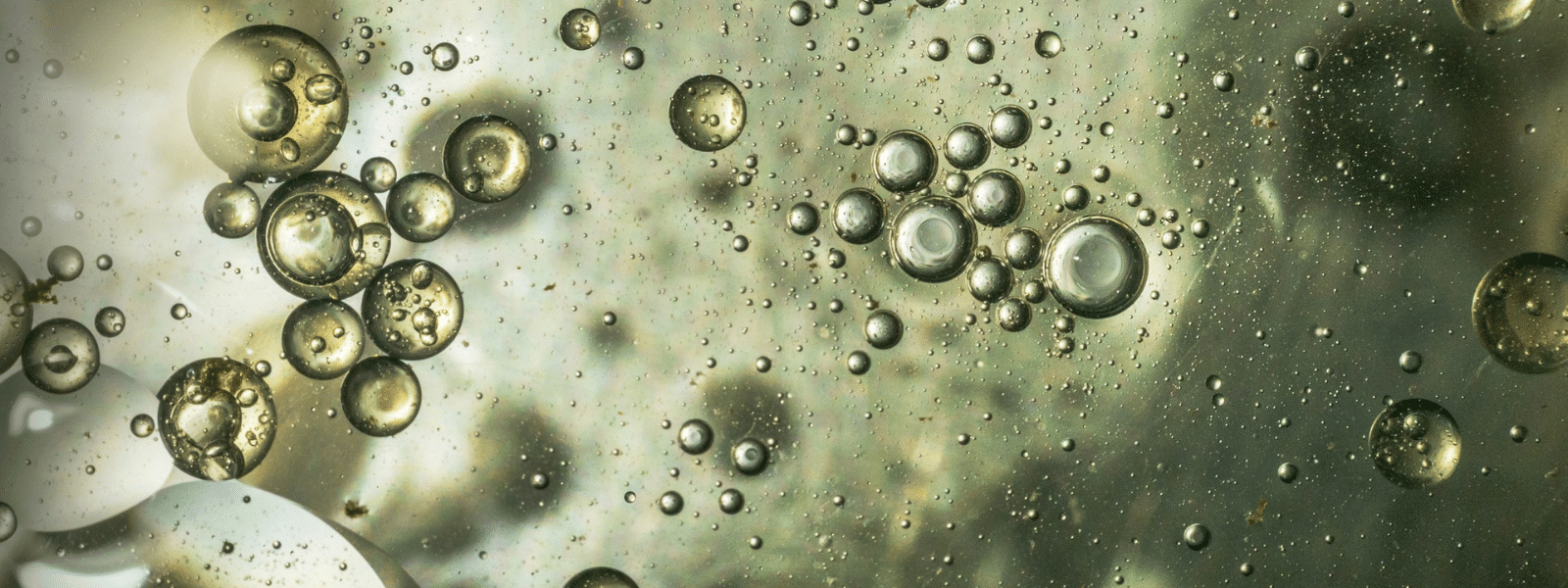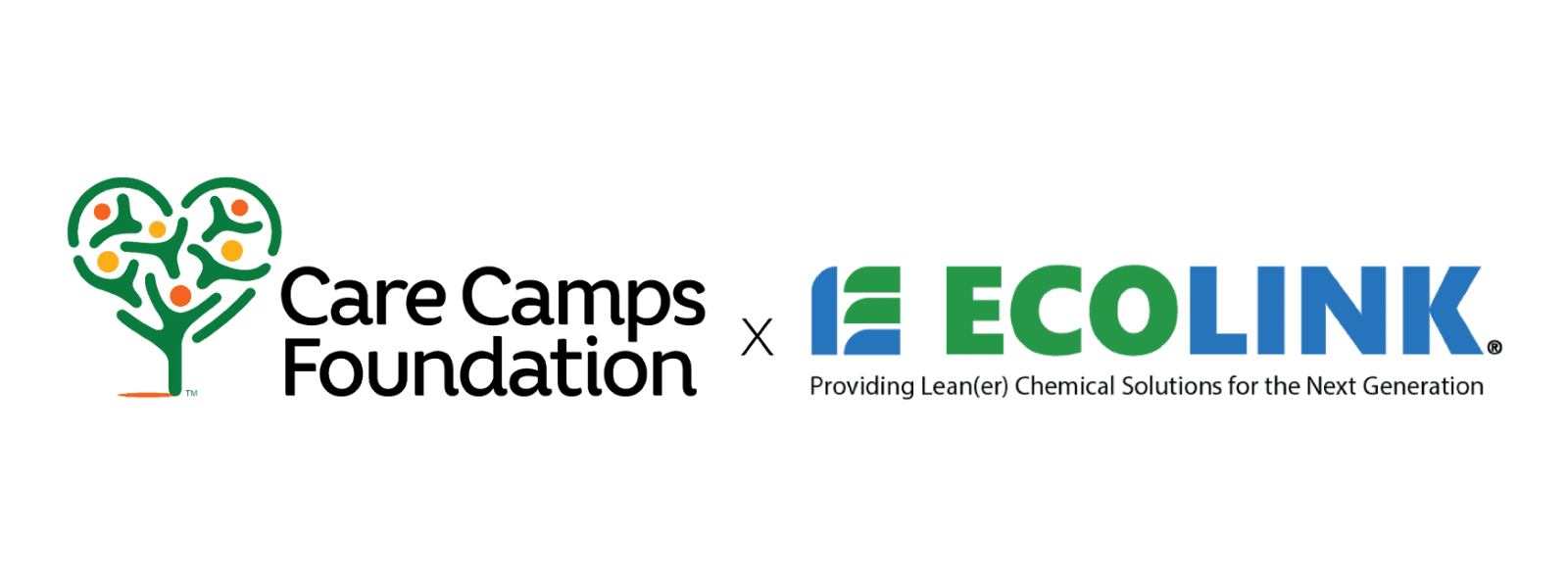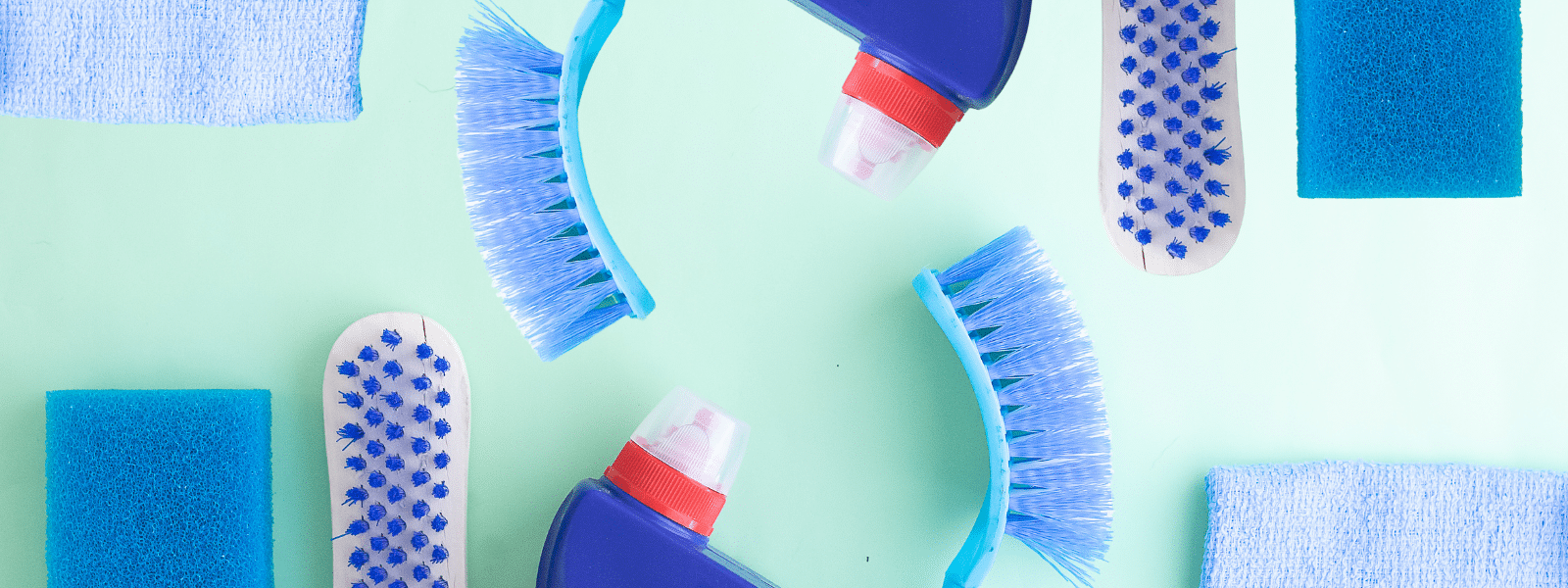[av_gallery ids=’14400′ style=’big_thumb lightbox_gallery’ preview_size=’large’ crop_big_preview_thumbnail=’avia-gallery-big-crop-thumb’ thumb_size=’portfolio’ columns=’5′ imagelink=’lightbox’ lazyload=’avia_lazyload’ av_uid=’av-2proje’ admin_preview_bg=”]
[av_hr class=’invisible’ height=’50’ shadow=’no-shadow’ position=’center’ custom_border=’av-border-thin’ custom_width=’50px’ custom_border_color=” custom_margin_top=’30px’ custom_margin_bottom=’30px’ icon_select=’yes’ custom_icon_color=” icon=’ue808′ font=’entypo-fontello’ av_uid=’av-jxdcy5z3′ admin_preview_bg=”]
[av_textblock size=” font_color=” color=” av-medium-font-size=” av-small-font-size=” av-mini-font-size=” av_uid=’av-jxc3f4ul’ admin_preview_bg=”]
The Journey to Get Qualified As Low VOC and HAP Free MIL-PRF-680 Solvents
[/av_textblock]
[av_hr class=’invisible’ height=’25’ shadow=’no-shadow’ position=’center’ custom_border=’av-border-thin’ custom_width=’50px’ custom_border_color=” custom_margin_top=’30px’ custom_margin_bottom=’30px’ icon_select=’yes’ custom_icon_color=” icon=’ue808′ font=’entypo-fontello’ av_uid=’av-jxdcxqjs’ admin_preview_bg=”]
[av_textblock size=” font_color=” color=” av-medium-font-size=” av-small-font-size=” av-mini-font-size=” av_uid=’av-jxc5x73j’ admin_preview_bg=”]
AA-59601E
AA-9601E was the first specification used for a dry degreasing and cleaning agent needed by the military. It is over 50 years old and is still referred to today. However, this specification has since been updated after going through a few other specifications.
[/av_textblock]
[av_textblock size=” font_color=” color=” av-medium-font-size=” av-small-font-size=” av-mini-font-size=” av_uid=’av-jxc5xtga’ admin_preview_bg=”]
P-D-680 (Stoddard Solvent)
Next came P-D-680, also known as a stoddard solvent. It is a federal specification for dry cleaning and degreasing solvents and is widely used by the Department of Defense and other federal agencies for many types of routine maintenance applications.
Numerous federal, local, and state regulations impacted the use of P-D-680 by characterizing it as a hazardous waste, flammable material, toxic substance, and air pollutant. It also creates some residual problems after cleaning parts, such as a white film.
In conclusion, it is an excellent degreaser but has dangerous environmental problems. P-D-680 was cancelled on December 13, 1999 which kickstarted a program plan to revise P-D-680 by creating a new product with the following characteristics:
- Effective cleaning and fast drying
- Low VOCs
- Low toxicity and low odor
- Low flammability (high flash point)
- Recyclable or Biodegradable
- Material Compatible
- Corrosion Protected
- Cost effective
[/av_textblock]
[av_textblock size=” font_color=” color=” av-medium-font-size=” av-small-font-size=” av-mini-font-size=” av_uid=’av-jxc5ydlg’ admin_preview_bg=”]
MIL-PRF-680
MIL-PRF-680A consists of four types of petroleum distillates. The different types are referred to as “Stoddard solvent”, “141 degrees Fahrenheit (°F) (60.6 degrees Celsius (°C)) solvent”, “200°F (93.3°C) solvent”, and “141°F d-limonene blended solvent”. They are used for degreasing of machine parts in equipment maintenance.
MIL-PRF-680B also consists of four types of petroleum distillates. It replaced P-D-680 and is on the Qualified Product List. Therefore, it complies and conforms to TACOM and TARDEC standards for degreasing solvents. MIL-PRF-680B has a lower aromatic content which equates to lower odor and non-volatile residue. However, it still contains the same amount of VOC as P-D-680, but it does not contain Hazardous Air Pollutants (HAPs). Refer to this article for other approvals of MIL-PRF-680B.
MIL-PRF-680C is the newest specification on the market, approved in March 2010. The characteristics that set it apart are as follows:
- 145° F Flashpoint
- Decent solvency
- SCAQMD and CARB compliant
- Compliant to MIL-PRF-680C Type V, this means it is approved for government/military use
- Evaporates residue free
- Meets strict air quality standards and is certified to the South Coast Air Quality Clean Air Solvent Certification Program. Its VOC content measures at 17 grams/liter.
[/av_textblock]
[av_textblock size=” font_color=” color=” av-medium-font-size=” av-small-font-size=” av-mini-font-size=” av_uid=’av-jxdj1am7′ admin_preview_bg=”]
Types I, II, III, IV, and V
Type I (Stoddard solvent)
- Intended for use where a low odor solvent that is fast drying is desired. This solvent is currently defined as a flammable material due to its low flash point. Types II, III and IV are recommended as alternative solvents for Type I. If Type I solvent is used indoors, ventilation should be sufficient to prevent the accumulation of vapors above allowable exposure limits.
Type II (high flash point solvent with low odor)
- Intended for use where a solvent with a higher flash point is desired. Type II is recommended over Type I for regulatory and safety reasons. If Type II solvent is used indoors, ventilation should be sufficient to prevent the accumulation of vapors above allowable exposure limits.
Type III (very high flash point solvent with low odor)
- Intended for use where confined atmospheric conditions require a cleaner that conforms to the Federal Government’s directives for reduced hazardous materials.
Type IV (high flash point with citrus odor)
- Intended for use where a solvent with a high flash point and strong solvency is desired. This solvent is formulated with petroleum based hydrocarbon solvents and d-limonene additive. When Type IV solvent is used indoors, ventilation should be sufficient to prevent the accumulation of vapors above allowable exposure limits.
Type V (Low VOC solvent)
- Intended for use where confined atmospheric conditions require a cleaner that conforms to the Federal and Local Government’s directives for reducing VOC of solvent.
[/av_textblock]
[av_textblock size=” font_color=” color=” av-medium-font-size=” av-small-font-size=” av-mini-font-size=” av_uid=’av-jxdb7zpd’ admin_preview_bg=”]
Refer to this table for degreasing solvent properties for the different types of MIL-PRF-680:
| Characteristics | Type I | Type II | Type III | Type IV | Type V |
| Flash point (pt) °C | 38-60 | 61–92 | 93-116 | 61–92 | 61–92 |
| Flash point (pt) °F | (100-140) | (141-198) | (200-241) | (141-198) | (141-198) |
| Distillation, °C: | |||||
| Initial boiling pt., minimum (min) | 149 | 177 | 220 | 171 | 177 |
| Dry point, °C, maximum (max) | 208 | 212 | 300 | 240 | 212 |
| Kauri-Butanol value | 27 to 45 | 27 to 45 | 27 to 45 | 27 to 45 | NR 4/ |
| Aromatic content, vol %, max | 1 | 1 | 1 | 1 | 1 |
| Total phenol content, parts per million (ppm), max | 0.5 | 0.5 | 0.5 | 0.5 | 0.5 |
| Dichlorobenzene, milligrams per liter (mg/L), max Benzene, mg/L, max | 0.50.5 | 0.50.5 | 0.50.5 | 0.50.5 | 0.50.5 |
| Tetrachloroethylene, mg/L, max | 0.7 | 0.7 | 0.7 | 0.7 | 0.7 |
| Trichloroethylene, mg/L, max | 0.5 | 0.5 | 0.5 | 0.5 | 0.5 |
| Apparent specific gravity,60/60°F | 0.754 to 0.820 | 0.754 to 0.820 | 0.754 to 0.820 | 0.754 to 0.820 | 0.754 to 0.820 |
| Total chlorine content (ppm),Max | 100 | 100 | 100 | 100 | 100 |
| Non-volatile residue, (mg/100 mL), max | 8 | 8 | 8 | 8 | 8 |
| Color, min | 25 | 25 | 25 | 25 | 25 |
| Odor 1/ | Low & non-residual | Low & non-residual | Low & non-residual | Low & non-residual | Low & non-residual |
| Corrosion, copper, max 2/ | 1b | 1b | 1b | 1b | 1b |
| Sandwich corrosion, max | 1 | 1 | 1 | 1 | 1 |
| Total immersion corrosion 3/ | Pass | Pass | Pass | Pass | Pass |
| Titanium stress corrosionAcidity | No crackingNeutral | No crackingNeutral | No crackingNeutral | No crackingNeutral | No crackingNeutral |
| Doctor test | Negative | Negative | Negative | Negative | Negative |
| Vapor pressure, millimeters of Mercury (mm Hg) @ 20oC, max | 7.0 | 2.0 | 0.4 | 2.0 | 1.0 |
| Soil cleaning test, %, min | 85 | 85 | 85 | 85 | 85 |
| VOC, g/l, max | NR | NR | NR | NR | 25 |
[/av_textblock]
[av_textblock size=” font_color=” color=” av-medium-font-size=” av-small-font-size=” av-mini-font-size=” av_uid=’av-jxc3fs2m’ admin_preview_bg=”]
Ecolink offers MIL-PRF-680C Type II products! NEW II (Qualified) and PARTS KLEEN II (Conforming)
NEW II and PARTS KLEEN II Environmentally Preferred Parts Cleaners are exceptional solvent degreasers formulated without chlorinated solvents or other hazardous ingredients. The base for NEW II and PARTS KLEEN II is a unique high-grade hydrocarbon that provides strength, no odor, and a high flash point that allows for safe use on all types of mechanical apparatus. With its high flash point, NEW II andPARTS KLEEN II provides an unprecedented degree of user safety.
NEW II andPARTS KLEEN II Environmentally Preferred Parts Cleaners are strong enough to remove grease, fuel oil, carbon and organic resins yet safe on most plastic and rubber surfaces. Unlike other solvents, they can be used without extensive protective equipment.
NEW II andPARTS KLEEN II have the following benefits:
- Odorless
- Contains no water
- Fully evaporative, leaves no residue
- No hazardous ingredients as defined by the EPA
- Conforms to numerous corrosion test requirements
- High flashpoint
The only difference between these two degreasers are their qualifications. NEW II meets ALL the requirements to MIL-PRF-680C Type II whereas PARTS KLEEN II CONFORMS to this specification.
[/av_textblock]
[av_textblock size=” font_color=” color=” av-medium-font-size=” av-small-font-size=” av-mini-font-size=” av_uid=’av-jxdbyz6z’ admin_preview_bg=”]
Interested in purchasing either of these products? Visit our shop pages for NEW II or PARTS KLEEN II!
For any further questions, please call (800) 563-1305 or email info@ecolink.com.
[/av_textblock]





